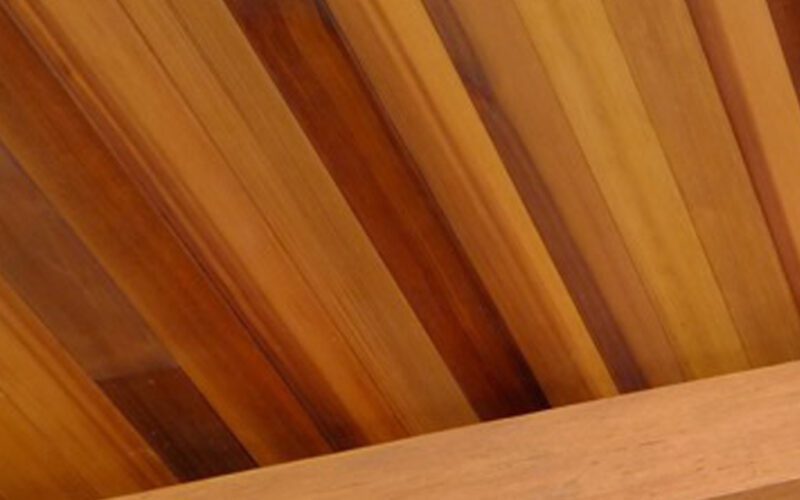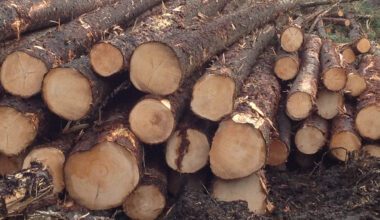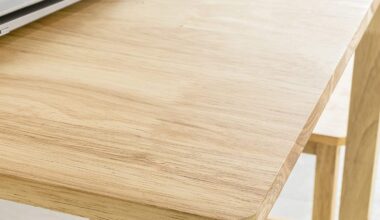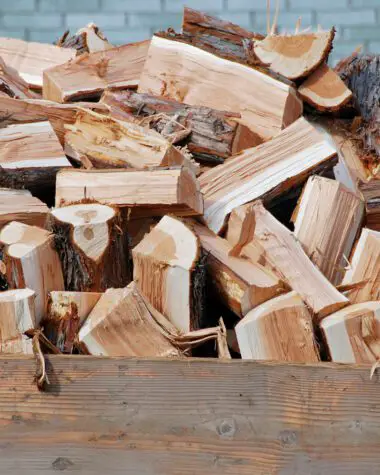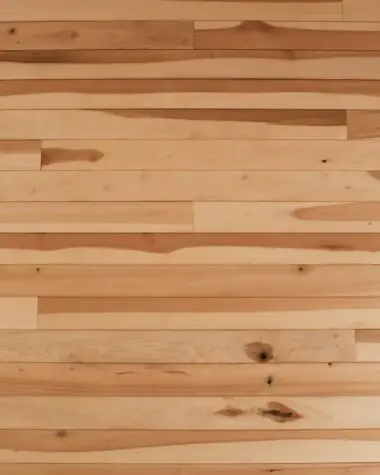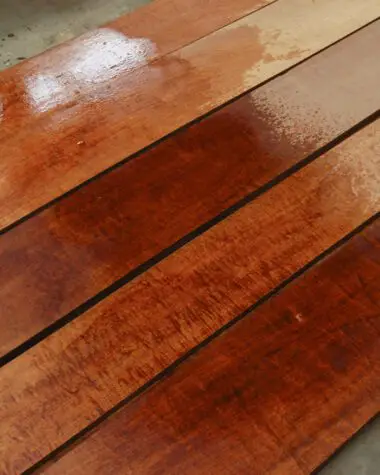Cedarwood is one of the wood types under softwoods. It can grow all around the world, but the most popular species are native to North America. This wood type can last up to 15-20 years, whereas its pressure-treated wood can have a 15-year lifespan. Because Cedar belongs to the softwood family, it is considered a versatile natural wood with natural beauty, strength, and spicy aroma.
Types of Cedar Wood
Most people, in general, can only encounter one or two species of Cedarwood. However, it is just the tip of the iceberg. Cedarwood comes in varying types with their respective unique characteristics. In this section, I prepared a list of well-known Cedar species, which include:
Eastern Red Cedar
The eastern red Cedar is popularly known as Aromatic Red Cedar. It has straight grains, often with knots. This Cedarwood type comes in various colors that range from reddish or violet-brown to yellow with a pyramid-shape outlook. This tree grows between 13 and 24 inches in height per year at a medium rate.
Western Red Cedar
The western redCedar, which has significant spiritual importance, has been referred to as “the cornerstone of Northwest Coast aboriginal culture.” In terms of color, Western Red Cedar may be pinkish-brown or yellowish-white. Meanwhile, the grain is seen in a beautiful straight structure with a medium to coarse wood texture. These properties are reasons why Western Red Cedar is perfect for any outdoor project.
White Cedar
White Cedar is another type of Cedar wood that originated in Canada. It also comes with several associated species, like black spruce and white spruce.
Spanish Cedar
The Spanish Cedar comes with several names. See the list here. Expect to see the light pinkish to the reddish-brown color of Spanish Cedar when you see one in person. As the wood ages, the colors typically go darker. This Cedar wood type has a straight grain pattern, but it does not commonly portray interlocked grains.
Alaskan Yellow Cedar
As the name suggests, this Cedar type appears in light yellow color. Meanwhile, its yellowish heartwood slowly darkens during sunlight exposure. Its straight grain pattern is observable, and you will feel its medium to uniform texture when touched.
Atlas Cedar
The Atlas Mountains of Morocco are the home of another Cedar wood type called Cedrus Atlantica, or Atlas Cedar. You’ll definitely love it when you see its eye-catching silvery-blue to bluish-green colors.
Lebanon Cedar
Lebanon Cedar is named after the place where it primarily dwells– Lebanon. This Cedar wood features various colors, such as reddish-brown heartwood and light-yellow or whitish sapwood. In terms of grain pattern, Lebanon Cedar features an irregular structure with durable wood quality. They can be identified by their flat top and beautifully stretched horizontal branches.
Properties of Cedar Wood
Durability and Resistance to Natural Decay
Cedarwood features high-quality strength. Due to its durability, the wood is highly immune to deterioration. As a result, wood can last for decades or even hundreds of years under thorough maintenance. If you wonder why it is possible for Cedar wood to last for a long time, you should know about one of its extraordinary chemical properties.
Cedarwood has a natural compound called thujaplicins that is present in its fibers. These compounds are natural preservatives that make wood extremely durable.
Sweet Aroma
Cedar is one of the most redolent woods. This is a distinct advantage over comparable unpleasant-smelling woods such as teak, laurel, and polar. Eastern red Cedar, in particular, is called aromatic Red Cedar because it smells sweet.
Weight
Cedar wood is considered lightweight due to its open-cell structure, which gives a low density of 21 kg/ cubic foot. Thus, it has a lower density than hardwoods and some heavier softwood types.
Workability
Due to its significant low density, Cedar wood creates a convenient working experience. It means that woodworkers will find it easier to Cedar wood during cutting, sawing, nailing, gluing, or even using hand and power tools.
Uses of Cedar Woods
Cedarwood is popular because of its awesome scent that makes it a good wood for smoking food. In addition, the amazing characteristics of Cedar have made it the first-choice wood when making all kinds of items, including musical instruments, wooden souvenirs, and gift boxes.
As mentioned, there are different types of Cedar wood with varying characteristics like strength, resilience, color, and density, to name a few. Understanding these different varieties of Cedar will help you decide on the ideal building material for your specific project. Most types of Cedar are softwood comparable to pine in terms of hardness.
Cedar is stable wood, resistant to expansion with changes in temperature and moisture, and resistant to cracking. This combination makes Cedar wood easy to use and is reliable in building furniture. Aside from these, Cedar is also popular for its aromatic characteristics.
More about Cedar Wood
Cedarwood is the term used for any timber extracted from Cedar trees. Cedar is considered an evergreen tree that is native to central and southern America. There are many Cedar species, with at least 30 well-known species. On average, the Cedar trees reach heights of 98 to 131 feet and a diameter of eight feet. A straight grain pattern with lots of knots characterizes Cedar wood.
Cedar trees are monoecious. Monoecious trees produce male and female cones on the same tree. Also, Cedar belongs to a plant group called “gymnosperms,” which includes most conifers. The common term for most gymnosperms is softwood. Cedar tends to be less hard but is popular for its good looks, lightness, and ease of use.
Use a warm red hue with creamy sapwood streaks for the aesthetic beauty of wood finish for ceilings, walls, and siding. Although not as strong as Douglas fir, Cedar can be worked into structural members and is often specified in architectural designs, including exposed columns, beams, and rafters.
Other Wood Types You May Be Interested In
Conclusion
It’s fun having adequate knowledge of the types, properties, and uses of a specific wood type. For a woodmaster, wood like Cedar is an instrument to execute the beauty of art. For some who want to expand their learning about woods, exploring the richness of Cedar wood is one way to make learning possible. If you want to learn more about identifying wood types, you are in the right place.
